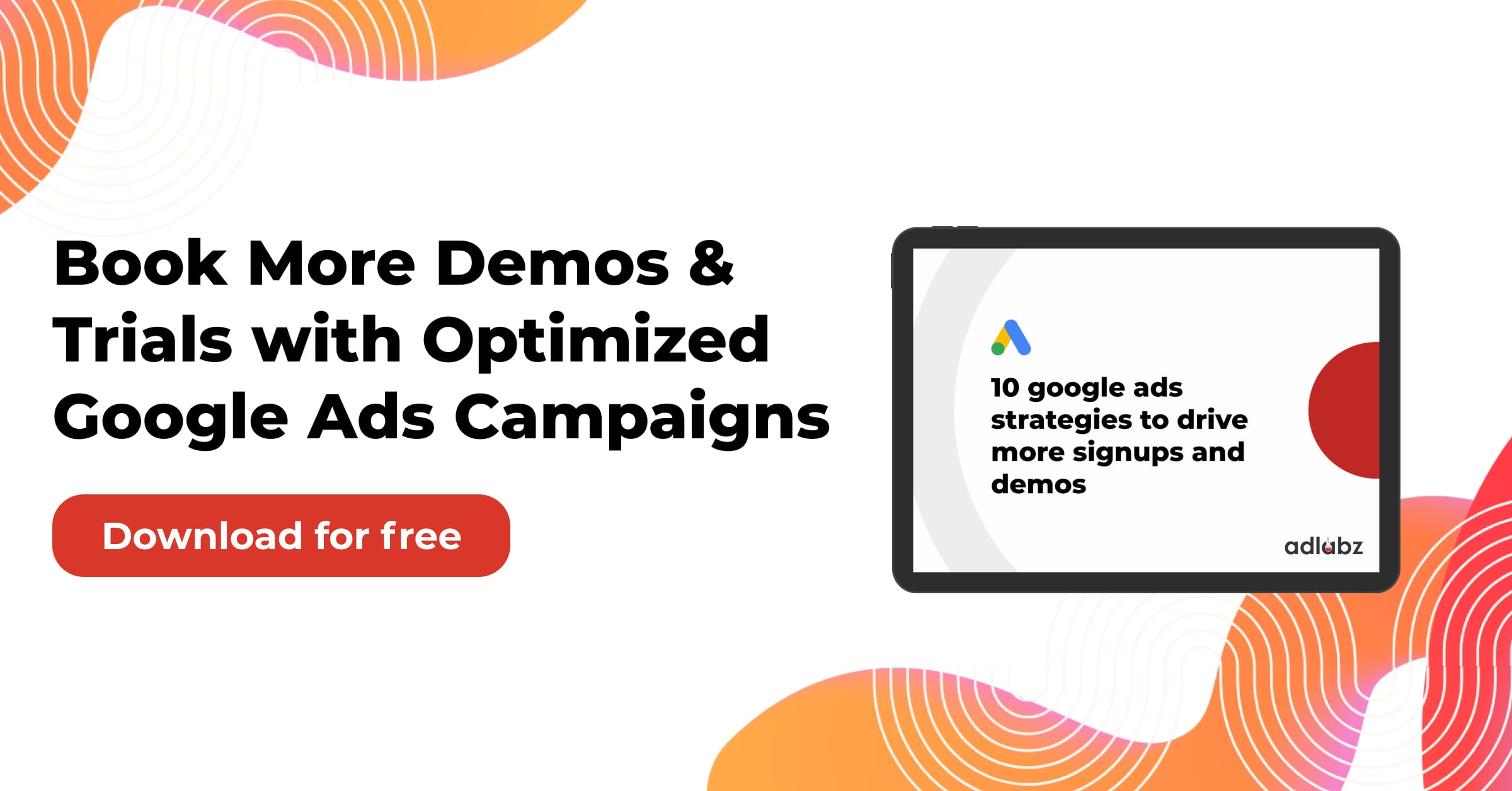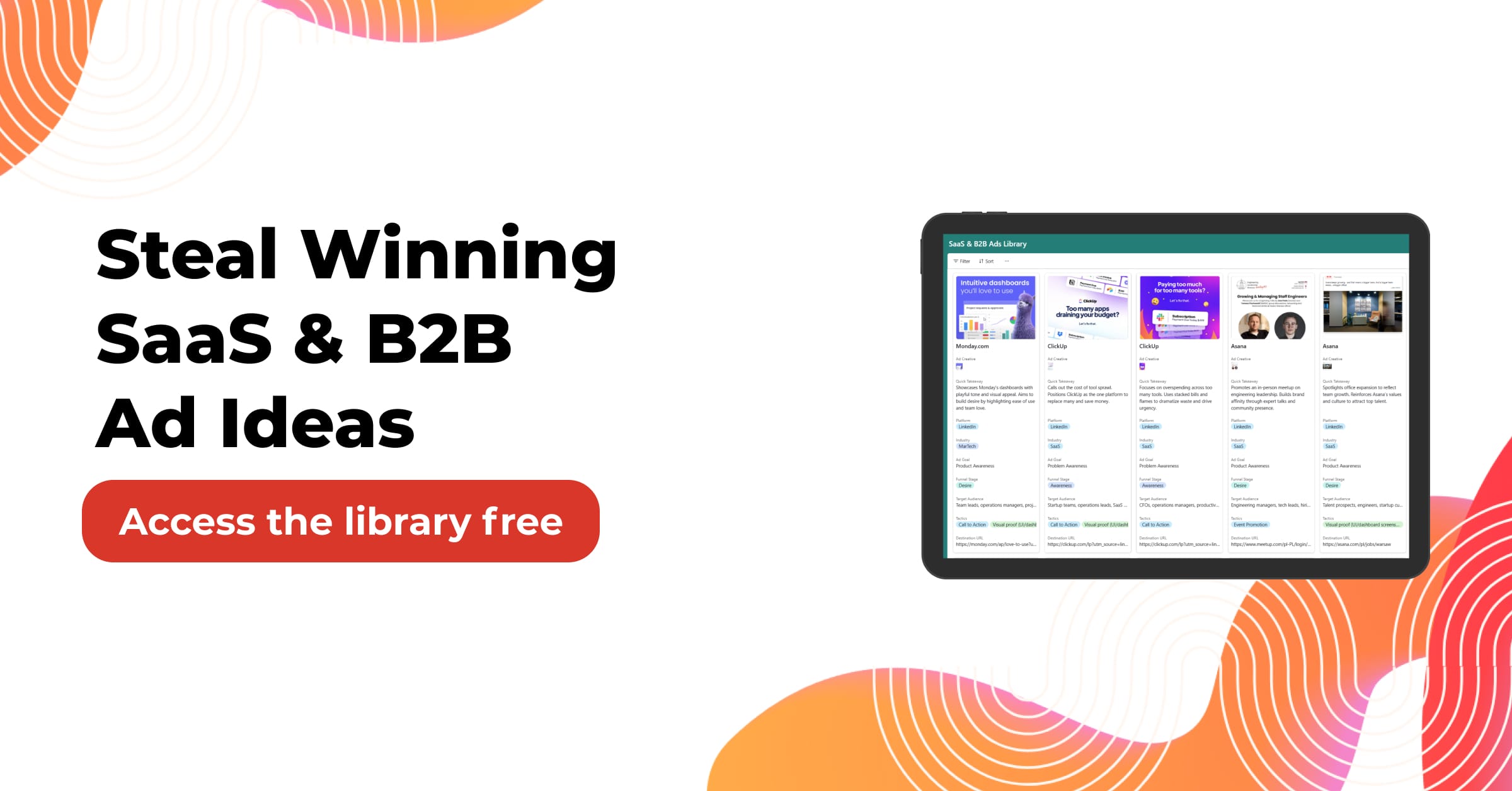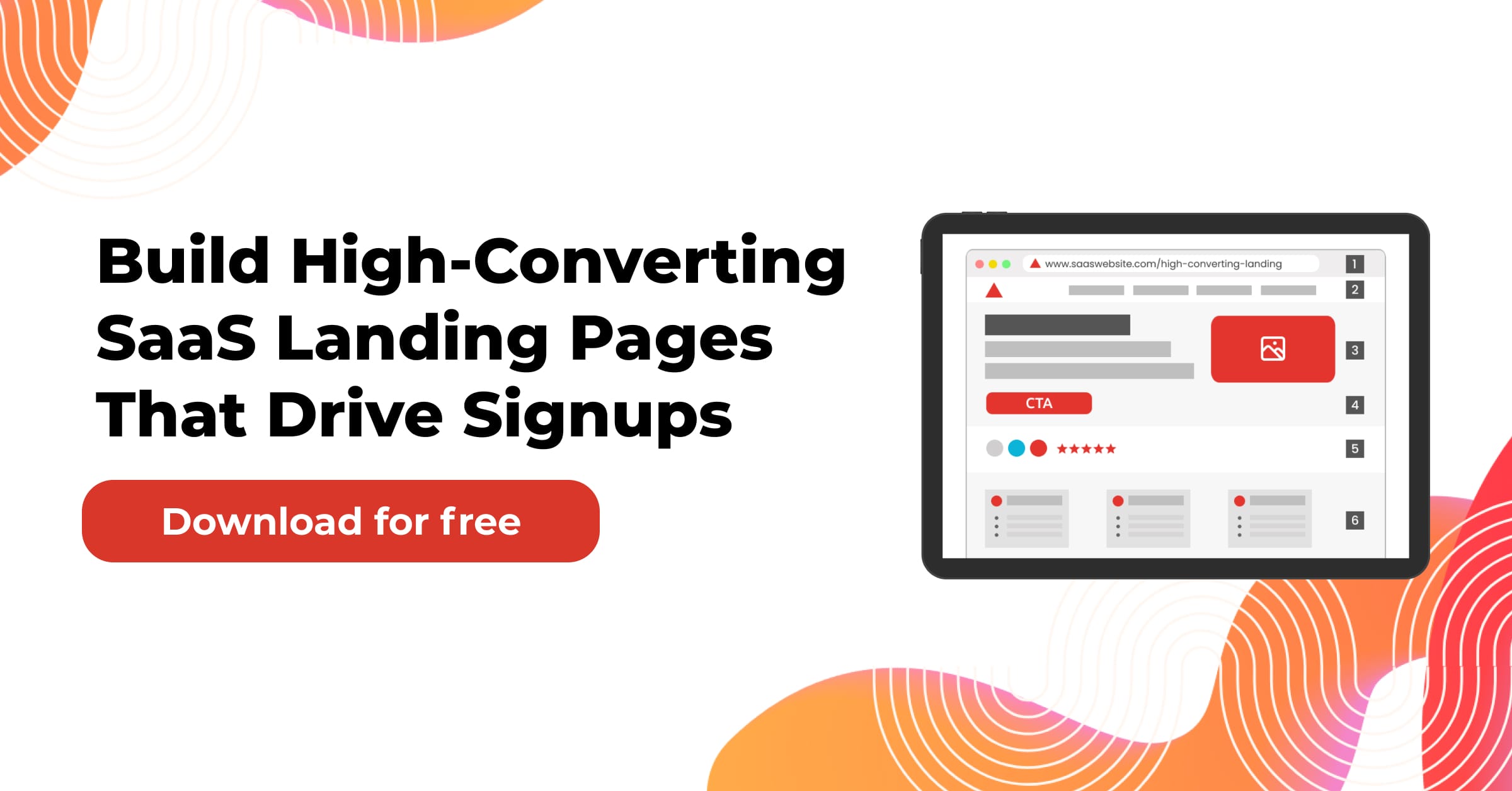What’s Driving the AI Label on Every SaaS Product?
The market is flooded with SaaS products claiming “AI-powered” features. But is it artificial intelligence—or just automation?
Startups and scale-ups are racing to signal innovation. For many, adding “AI” is more about brand perception than real functionality. This makes it critical for SaaS buyers and founders alike to know how to spot the difference.
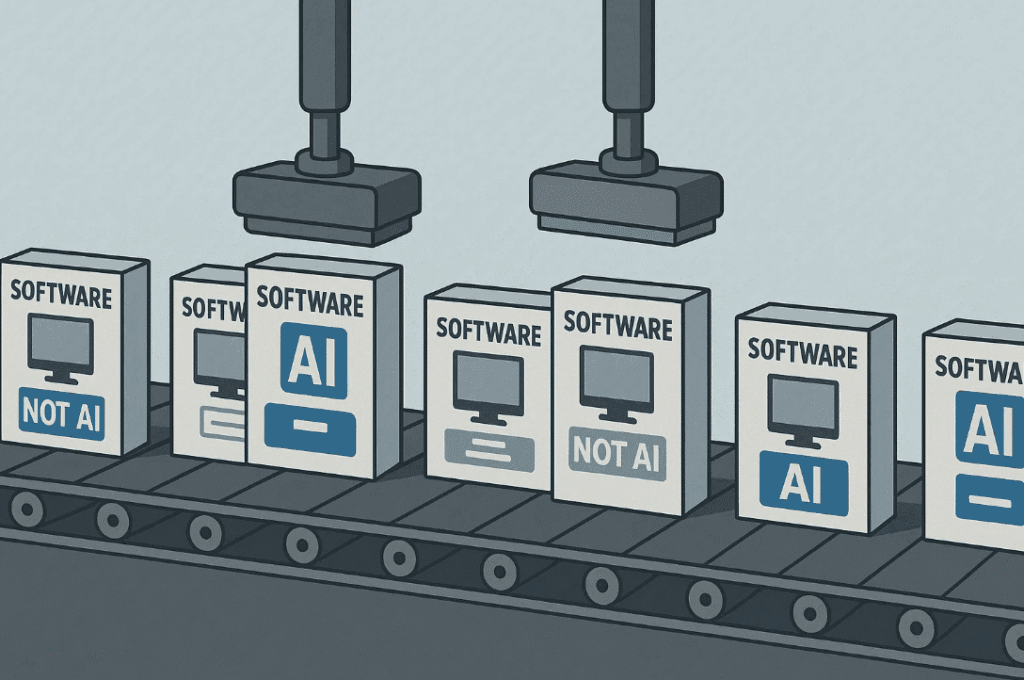
Jump to:
Why Should SaaS Founders Be Wary of Mislabeling AI?
Positioning your SaaS product as AI-driven when it’s not can backfire.
- It sets incorrect expectations.
- It attracts the wrong customer base.
- It may trigger legal or ethical issues (especially in finance, health, or HR).
For SaaS founders, especially in B2B or regulated industries, clarity matters more than hype.
Tool Kit for SaaS Founders: https://www.youtube.com/watch?v=BP81a0_6dtI&list=PLVQr4q_OlhZYyYtQcO59clWUHMv8WDOYL
What’s the Difference Between AI and Rule-Based Automation?
Let’s break it down:
| Feature | Rule-Based Automation | True AI / ML |
|---|---|---|
| Logic | Predefined “if-then” rules | Learns from data patterns |
| Adaptability | Static, doesn’t improve | Gets smarter with more data |
| Output | Predictable | Often probabilistic |
| Human Involvement | High (for updates) | Low (can self-adjust) |
| Examples | Email triggers, form validation | ChatGPT, product recommendations |
Misunderstanding this can confuse product teams and mislead users.

How Do You Know If Your SaaS Product Uses Real AI?
Ask these internal questions:
- Does the system learn and improve without manual reprogramming?
- Can it make predictions from large datasets?
- Is there a training model behind the functionality?
- Are outputs unique depending on changing inputs?
If the answer is “no” to most of the above, your SaaS product likely isn’t AI-powered.
Example:
A CRM tool that assigns leads to sales reps based on static rules = not AI
A CRM tool that adapts assignments based on rep performance, deal type, and historical conversions = AI
What Red Flags Should You Watch For in AI-Pitched SaaS Products?
Here are some warning signs:
- No Technical Documentation
Real AI products often include explanations of how the model works. - No Mention of Training Data
AI needs data. A product without a model or training explanation is suspicious. - Overuse of Buzzwords
“AI,” “machine learning,” “neural network,” all thrown in without context. - Fixed Outcomes
If the output never changes with new data, it’s likely just automated logic.
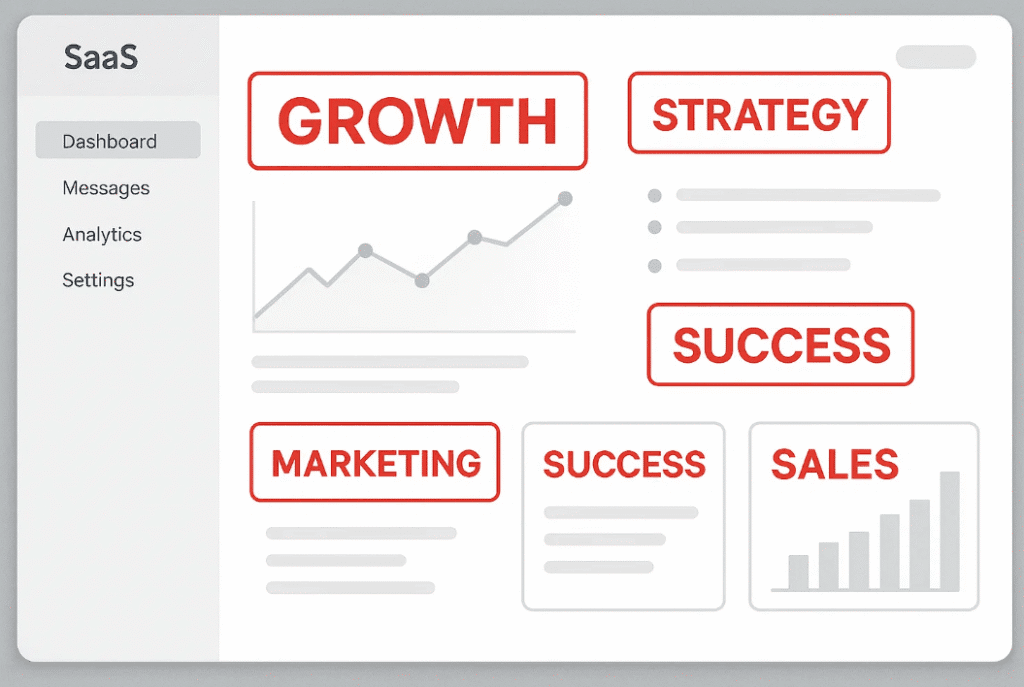
Can You Market a SaaS Product Without Saying It’s “AI”?
Yes—and you probably should unless it’s genuinely AI-powered.
Here’s how you can still position your product as advanced:
| Term To Use | When To Use It |
|---|---|
| Smart Automation | Rule-based tasks or workflows |
| Predictive Insights | If real-time data is used |
| Data-Driven Engine | When using analytics or scoring |
| Adaptive Logic | When outcomes slightly shift |
| Augmented Workflow | When it enhances human tasks |
You can still compete without the AI tag. What customers want is results, not buzzwords.
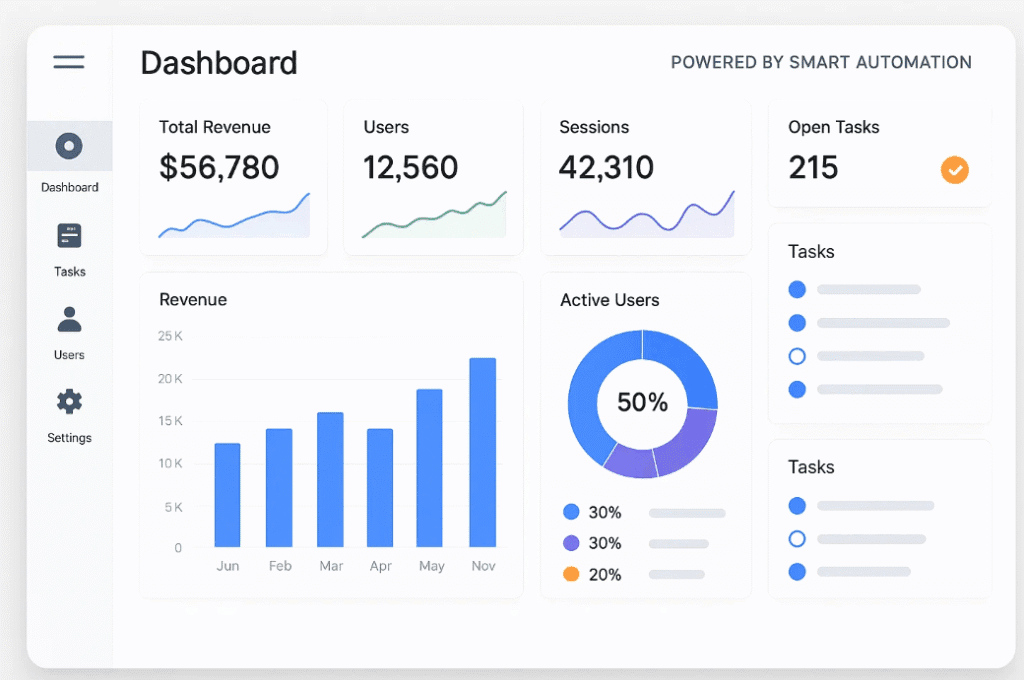
What Happens If You Call It AI—and Get Caught?
Several risks arise:
- Customer backlash: If they don’t see “intelligence,” trust erodes.
- Churn spikes: Misaligned expectations result in lost subscriptions.
- Regulatory issues: In sectors such as healthcare, false AI claims can violate compliance standards.
- Investor skepticism: Smart investors will ask you to validate AI claims with model architecture or technical depth.
Case Example:
A fintech startup labeled its fraud detection system as “AI-powered” but used simple heuristics. After a data breach and investor audit, they had to rebrand and issue legal clarifications.
How Should SaaS Founders Classify Their Product Accurately?
Use a decision matrix:
| Criteria | Yes | No |
|---|---|---|
| Uses machine learning | ✅ | ❌ |
| Continuously improves output | ✅ | ❌ |
| Can explain AI model used | ✅ | ❌ |
| Has versioned models | ✅ | ❌ |
| Works without human rules | ✅ | ❌ |
If most answers fall in the “No” column, your SaaS product isn’t AI. Reframe your positioning.
What’s the Real Benefit of Not Claiming AI?
You avoid misclassification and position your product based on outcomes, which is what customers care about.
Instead of:
“AI-driven document management”
Say:
“Automates 80% of document tagging using smart logic—no setup needed.”
Clarity sells better than complexity.
How Can You Integrate Real AI in Your SaaS Product (If You Want To)?
If you want to add AI, start with:
- Identify repetitive, data-rich workflows.
- Explore pre-trained APIs (OpenAI, Google Cloud AI, etc.).
- Build a data pipeline to collect and clean input.
- Run basic models (classification, clustering).
- Use real results to decide whether to scale.
Example:
An HR SaaS that ranks candidates based on historical hiring patterns can begin with logistic regression, then evolve toward neural nets.

Are Buyers Becoming Smarter About AI Claims?
Absolutely. Buyers are more educated now, especially in B2B SaaS.
They expect:
- Transparent tech stack explanations
- Product tours that show dynamic behavior
- Results backed by usage data or benchmarks
Tip: Include an “Under the Hood” section on your website explaining whether it’s rule-based logic, AI, or a hybrid.

What Do Real AI SaaS Products Look Like?
Here are a few examples to benchmark:
| Company | AI Feature | How It’s Real AI |
|---|---|---|
| Notion AI | Auto-write text, summarize content | Uses LLMs trained on vast data |
| Gong.io | Call analysis & win prediction | Machine learning + NLP on calls |
| Grammarly | Writing suggestions & tone checks | Contextual analysis w/ deep NLP |
| Jasper | AI copywriting | Transformer-based model usage |
Compare their output, training transparency, and performance metrics to your product.
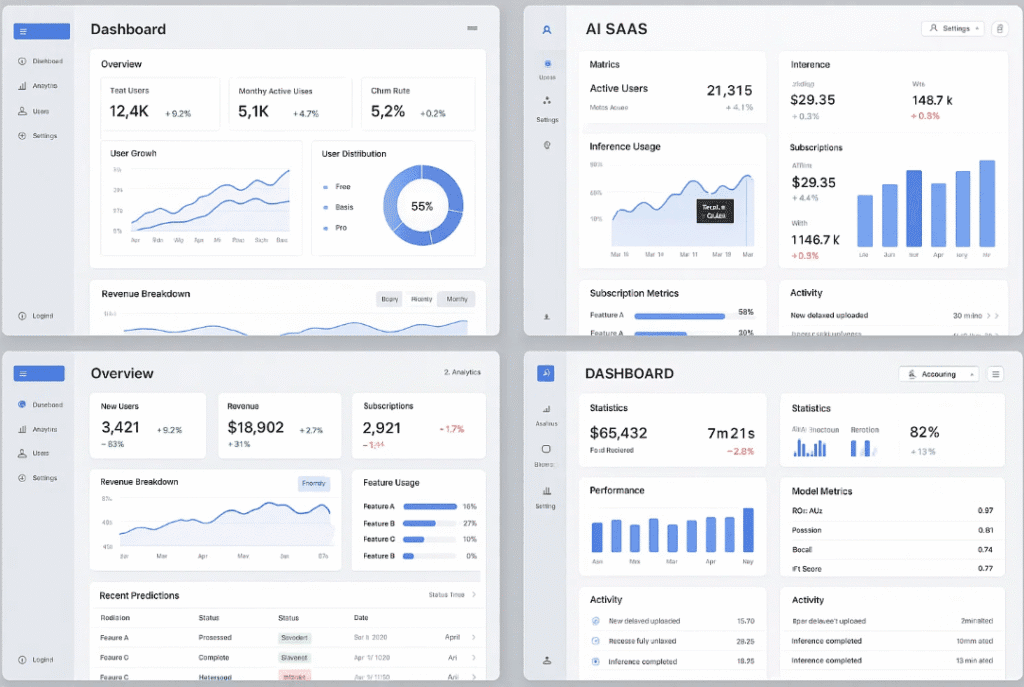
Why Do So Many SaaS Products Misuse the “AI” Label?
There’s one big reason: differentiation in a crowded market.
With thousands of SaaS products competing for attention, adding “AI” to your pitch can seem like an easy shortcut to signal innovation. But this short-term gain leads to long-term credibility risk.
Many founders:
- Use “AI” to ride the hype wave.
- Hope users won’t dig too deep into how the product works.
- Misunderstand what qualifies as artificial intelligence in the first place.
But today’s SaaS buyer is more informed, especially in technical fields like martech, HR tech, and fintech.
Tip: Use competitive messaging based on outcomes, not vague tech claims.

What’s the Real Difference Between AI and Integrations?
A common red flag in SaaS product marketing is mistaking third-party integrations for AI features.
For example:
A SaaS tool may call itself AI-powered because it connects with OpenAI’s GPT-4 via API.
But is the product training its model?
Is it fine-tuning the experience for its users?
Does it apply proprietary data in unique ways?
If not, it’s not true AI—it’s embedded intelligence, and there’s nothing wrong with that—if marketed honestly.
Example:
A helpdesk SaaS integrates GPT-4 to auto-suggest ticket replies. That’s useful. But it should be positioned as “AI-enhanced,” not “built with AI.”
Must Watch: https://www.youtube.com/shorts/YOpC2AKYgOs
When Does AI Truly Add Value to a SaaS Product?
Not every use case benefits from machine learning or AI. The best use cases tend to be:
| Use Case | How AI Adds Value |
|---|---|
| Lead Scoring | Learns patterns from past deals |
| Churn Prediction | Analyzes usage + support behavior over time |
| Content Generation | Produces human-like text from prompts |
| Dynamic Pricing | Adjusts based on usage trends or competition |
| Image Recognition / OCR | Automates document handling at scale |
| Recommendation Engines | Suggests content or products to users |
If your product includes one of these functions—and improves based on feedback loops—AI may be appropriate to claim.
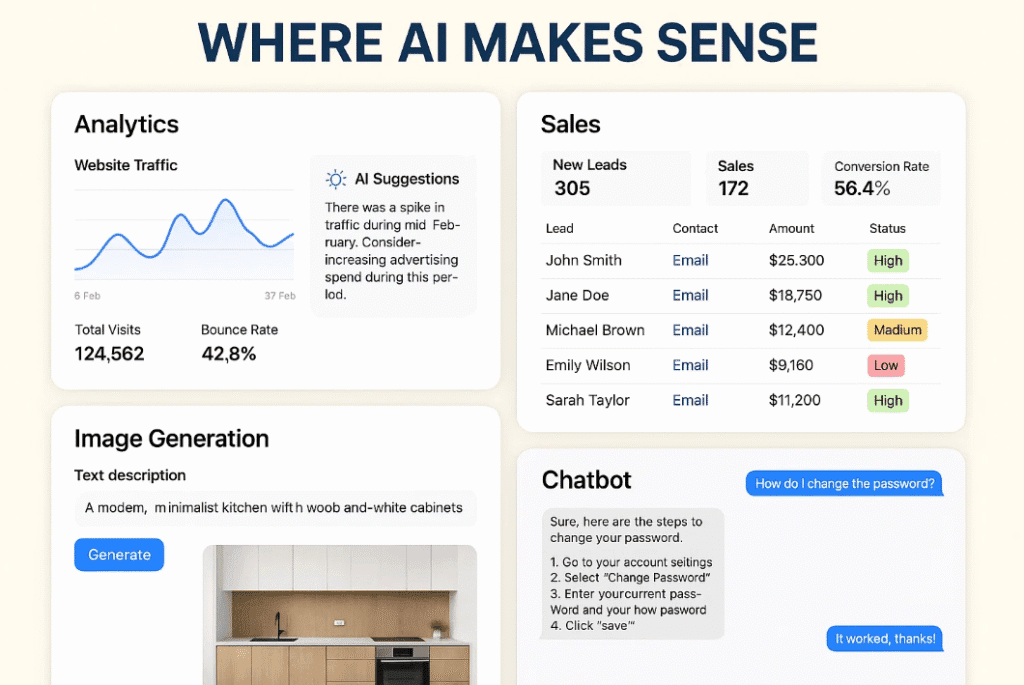
Should You Be Building AI In-House or Integrating It?
Building in-house AI:
- Requires deep data science talent
- Involves training, validation, and model tuning
- Offers more IP value and control
- It is time-consuming and expensive
Using AI via APIs:
- Faster to implement
- Lower risk
- Limited customization
- It can’t be marketed as core innovation
Pro tip: If you’re early-stage, start by integrating models (e.g., OpenAI, Google AI, HuggingFace). If you gain traction and have access to strong data, consider building proprietary layers on top.

Can Using AI Make Your SaaS Product Worse?
Surprisingly—yes. Not every use case benefits from AI.
AI may hurt your SaaS if:
- You introduce unpredictable output in critical workflows.
- You reduce transparency in decisions (e.g., credit scoring).
- Your model isn’t trained well and gives low-quality results.
- You increase latency in the UI by adding unnecessary complexity.
Related Guide: https://www.youtube.com/watch?v=UBhdgmd9sBo
Example:
A project management tool that uses AI to auto-prioritize tasks could frustrate users who want full control.
Sometimes, users just want reliable, predictable software, not probabilistic output.

What’s a Smarter Way to Communicate Tech Without Saying “AI”?
Focus on the user’s transformation. Instead of describing the underlying tech, describe:
- What problem does it solve
- How it adapts to user behavior
- What outcomes users can expect
Here’s a before-and-after example:
| Poor Messaging | Improved Messaging |
|---|---|
| “Our AI analyzes your workflows.” | “Get personalized workflow suggestions in 2 clicks—no setup required.” |
| “AI-powered lead prioritization” | “Focus on leads 4x more likely to close—ranked by your past wins.” |
Your users care about benefits, not the backend architecture.
How to Handle Investor Questions About AI in Your SaaS Product?
If you’re raising capital and using the term “AI,” expect these investor questions:
- What model are you using, and how is it trained?
- What’s your data advantage?
- Is your AI proprietary or licensed?
- Can you show the before/after results?
- How do you measure model accuracy or performance?
Investors know AI adds risk and cost. Be ready to explain:
- Model lifecycle
- Bias mitigation
- Costs associated with scale
Tip: Prepare a one-pager titled “AI Architecture + Impact” for your pitch deck if AI is core to your story.
How Do You Plan for AI Features in Your Product Roadmap?
Here’s a simple phased framework:
| Phase | Activity | Goal |
|---|---|---|
| Phase 1 | Identify repetitive tasks | Spot where automation saves time |
| Phase 2 | Add rule-based logic | Test baseline automation |
| Phase 3 | Integrate ML models via API | Validate user acceptance & ROI |
| Phase 4 | Train internal model (if needed) | Create long-term IP |
| Phase 5 | Deploy user-facing AI features | Create value users can feel |
Don’t start with AI. Start with value. Then explore AI as a lever, not a gimmick.
FAQs
Q: Can I still be innovative without using AI in my SaaS product?
Yes. Innovation comes from solving customer problems, not just adopting buzzwords.
Q: What if I use AI from another company (like OpenAI)?
You can mention this, but be transparent that it’s an integration, not in-house AI.
Q: Do customers care if it’s AI or not?
They care more about outcomes, usability, and ROI. If AI enables that, great. If not, clarity wins.
Q: Can calling something AI hurt conversions?
Yes, especially if expectations don’t match. Customers may churn if they feel misled.
Conclusion: AI Isn’t the Goal—User Impact Is
The real test of a SaaS product isn’t whether it has AI—it’s whether it solves a problem better than anything else.
Mislabeling automation as AI confuses users, invites scrutiny, and damages trust.
Instead:
- Focus on transparency
- Highlight outcomes
- Use “AI” only when it genuinely fits
Because at the end of the day, no one’s buying AI. They’re buying what it helps them do.



